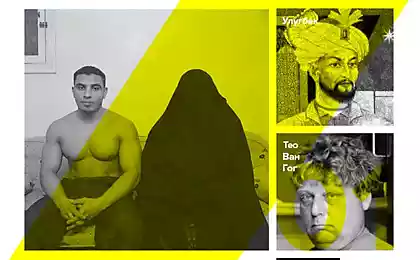424
Nanoparticles 50 percent accelerate wound healing

Experimental therapy with special nanoparticles promises to reduce the half time of tissue regeneration compared to natural methods of healing. The new treatment has already undergone successful testing in laboratory mice and will soon be tested on pigs, whose skin is known to similar to human skin.
If the new method of treatment with nanoparticles can reach the stage of clinical testing in humans, it can be used for more rapid postoperative recovery, healing of chronic ulcerative diseases of the skin, as well as faster way of healing common household cuts, burns and other wounds.
Researchers have developed a new therapeutic method of healing, discovered that an enzyme called fidgetin-like 2 (FL2) slows the movement of new skin cells to the affected area for wound healing. And if to suppress the action of this enzyme, the rate of migration of new cells to the wound is greatly increased. To suppress the FL2 it was suggested the use associated with mRNA (containing information on multiple proteins) of small interfering ribonucleic acids. However, the use of small interfering ribonucleic acids, according to scientists, would be just as effective without the possibility of delivery of these molecules inside a special protective carriers that would protect the molecules from degradation.

To solve this problem, scientists from the Medical College named after albert Einstein developed special nanoparticles, which act as a protective carrier molecules to their targets (in this case, the wounds on the skin). The effectiveness of nanoparticles has been proven in laboratory tests on mice, which had cuts and burns to the skin. Mice, which have inhibition of the enzyme FL2 nanoparticles showed a more rapid (50%) regeneration compared to treatment of similar wounds more traditional methods.
"The experiment showed that the cells were not only moving to wounds faster, but already had the information that they need to do," says study co-author David Sharpe.-"We have witnessed quite natural, directed tissue regeneration, including the restoration of hair follicles and support the collagen network".
New therapeutic method has been patented and licensed MicroCures where David Sharpe currently holds the post of head of research.
More detailed information about the treatment of nanoparticles was published in the journal of Investigative Dermatology. published
Source: hi-news.ru























